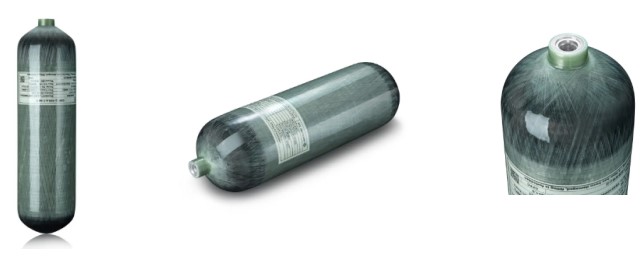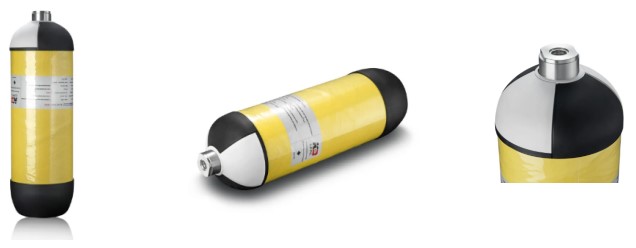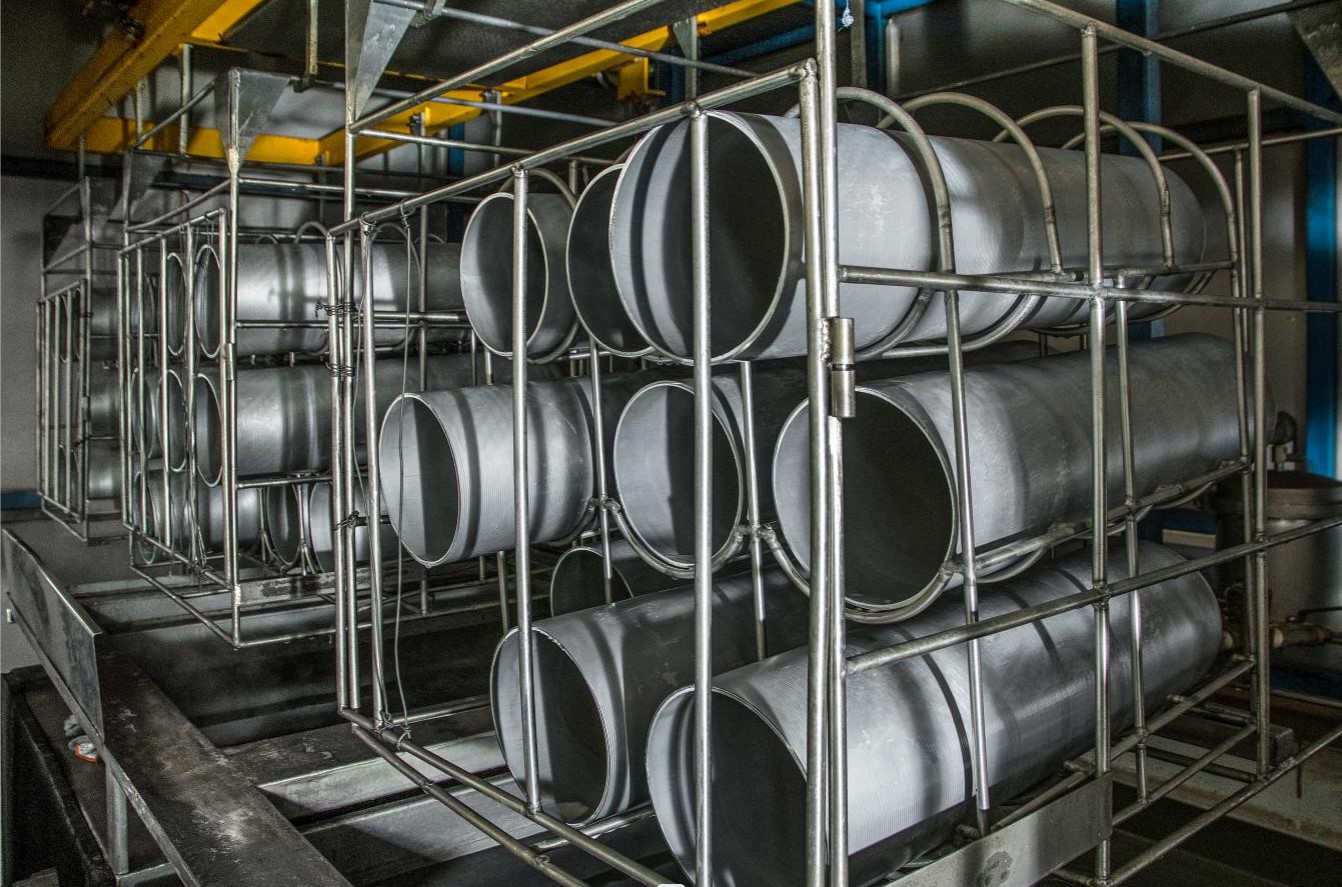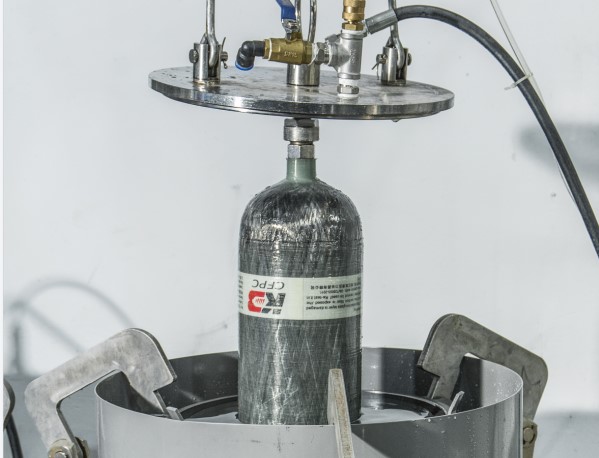Carbon fiber composite tanks are essential in various industries, from medical oxygen supply and firefighting to SCBA (Self-Contained Breathing Apparatus) systems and even in recreational activities like paintball. These tanks offer a high strength-to-weight ratio, which makes them incredibly useful where both durability and portability are key. But how exactly are these carbon fiber tanks made? Let’s dive into the manufacturing process, focusing on the practical aspects of how these tanks are produced, with particular attention to the role of carbon fiber composites.
Understanding Carbon Fiber Composite Tanks
Before we explore the manufacturing process, it’s essential to understand what makes carbon fiber composite tanks special. These tanks are not made entirely of carbon fiber; instead, they consist of a liner made from materials like aluminum, steel, or plastic, which is then wrapped in carbon fiber soaked in resin. This construction method combines the lightweight properties of carbon fiber with the durability and impermeability of the liner material.
The Manufacturing Process of Carbon Fiber Tanks
The creation of a carbon fiber composite tank involves several key steps, each crucial to ensuring the final product is both safe and effective for its intended use. Here’s a breakdown of the process:
1. Inner Liner Preparation
The process begins with the production of the inner liner. The liner can be made from various materials depending on the application. Aluminum is common in Type 3 cylinders, while plastic liners are used in Type 4 cylinders. The liner acts as the primary container for the gas, providing an airtight seal and maintaining the integrity of the tank under pressure.
Key Points:
- Material Choice: The liner material is chosen based on the intended use of the tank. For example, aluminum provides excellent strength and is lightweight, while plastic liners are even lighter and corrosion-resistant.
- Shape and Size: The liner is typically cylindrical, though its exact shape and size will depend on the specific application and capacity requirements.
2. Carbon Fiber Winding
Once the liner is prepared, the next step is to wind the carbon fiber around it. This process is crucial because the carbon fiber provides the structural strength needed to withstand high pressures.
Winding Process:
- Soaking the Fiber: Carbon fibers are soaked in resin glue, which helps bind them together and provides additional strength once cured. The resin also helps protect the fibers from environmental damage, such as moisture and UV light.
- Winding Technique: The soaked carbon fibers are then wound around the liner in a specific pattern. The winding pattern is carefully controlled to ensure even distribution of the fibers, which helps prevent weak points in the tank. This pattern can include helical, hoop, or polar winding techniques, depending on the design requirements.
- Layering: Multiple layers of carbon fiber are typically wound onto the liner to build up the necessary strength. The number of layers will depend on the required pressure rating and safety factors.
3. Curing
After the carbon fiber is wound around the liner, the tank must be cured. Curing is the process of hardening the resin that binds the carbon fibers together.
Curing Process:
- Heat Application: The tank is placed in an oven where heat is applied. This heat causes the resin to harden, bonding the carbon fibers together and forming a rigid, durable shell around the liner.
- Time and Temperature Control: The curing process must be carefully controlled to ensure that the resin sets properly without causing damage to the fibers or the liner. This involves maintaining precise temperature and time conditions throughout the process.
4. Self-Tightening and Testing
Once the curing process is complete, the tank undergoes self-tightening and testing to ensure it meets all safety and performance standards.
Self-Tightening:
- Internal Pressure: The tank is pressurized internally, which helps the carbon fiber layers bond more tightly to the liner. This process enhances the overall strength and integrity of the tank, ensuring that it can withstand the high pressures it will be subjected to during use.
Testing:
- Hydrostatic Testing: The tank is filled with water and pressurized beyond its maximum operating pressure to check for leaks, cracks, or other weaknesses. This is a standard safety test required for all pressure vessels.
- Visual Inspection: The tank is also visually inspected for any signs of surface defects or damage that could compromise its integrity.
- Ultrasonic Testing: In some cases, ultrasonic testing may be used to detect internal flaws that are not visible on the surface.
Why Carbon Fiber Composite Cylinders?
Carbon fiber composite cylinders offer several significant advantages over traditional all-metal cylinders:
- Lightweight: Carbon fiber is much lighter than steel or aluminum, making these tanks easier to handle and transport, especially in applications where mobility is crucial.
- Strength: Despite being lightweight, carbon fiber provides exceptional strength, allowing the tanks to hold gases at very high pressures safely.
- Corrosion Resistance: The use of carbon fiber and resin helps protect the tank from corrosion, extending its lifespan and reliability.
Type 3 vs. Type 4 Carbon Fiber Cylinders
While both Type 3 and Type 4 cylinders utilize carbon fiber, they differ in the materials used for their liners:
- Type 3 Cylinders: These cylinders have an aluminum liner, which offers a good balance between weight and durability. They are commonly used in SCBA systems and medical oxygen tanks.

- Type 4 Cylinders: These cylinders feature a plastic liner, which makes them even lighter than Type 3 cylinders. They are often used in applications where maximum weight reduction is essential, such as in certain medical or aerospace applications.

Conclusion
The manufacturing process of carbon fiber composite tanks is a complex but well-established procedure that results in a product that is both lightweight and extremely strong. By carefully controlling each step of the process—from the preparation of the liner and the winding of the carbon fiber to the curing and testing—the final product is a high-performance pressure vessel that meets the demanding requirements of various industries. Whether used in SCBA systems, medical oxygen supply, or recreational sports like paintball, carbon fiber composite tanks represent a significant advancement in pressure vessel technology, combining the best attributes of different materials to create a superior product.
Post time: Aug-20-2024


